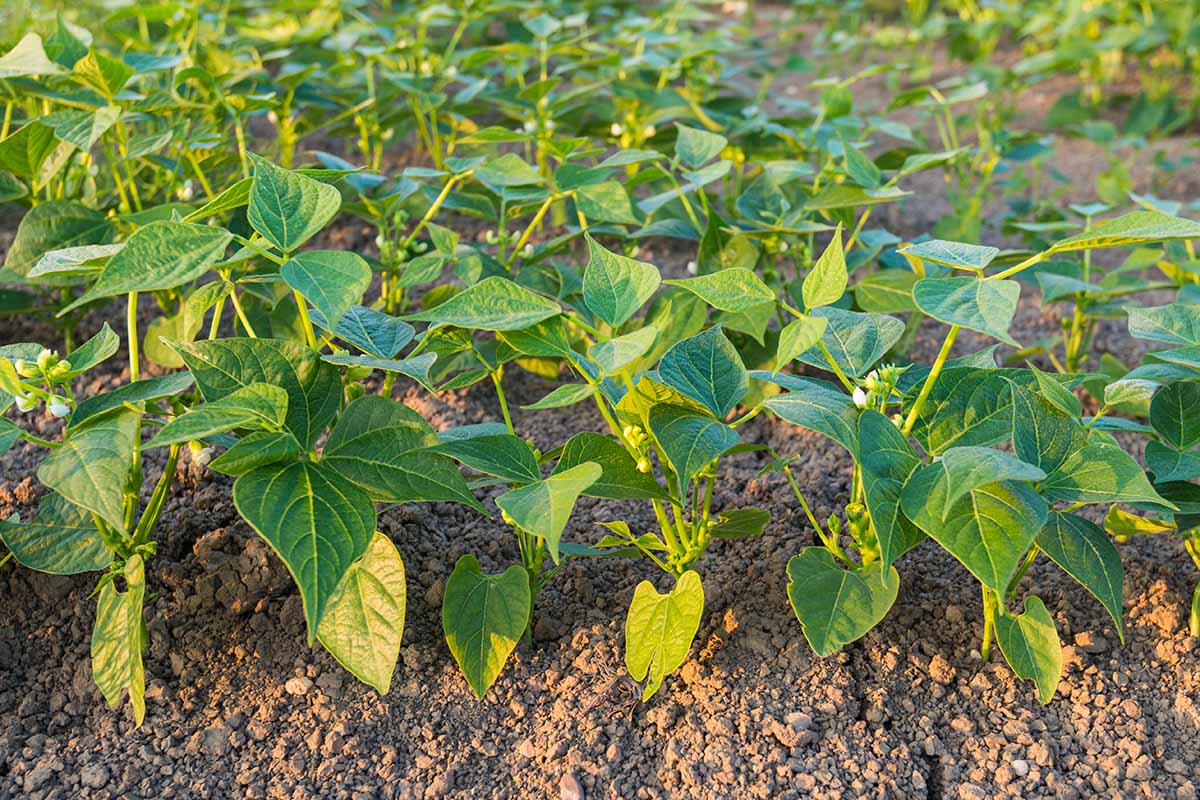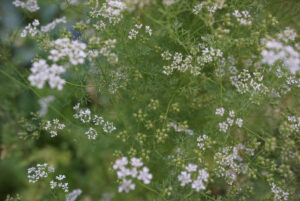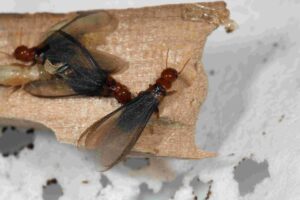
Pinto beans, cherished for their creamy texture and earthy flavor, are a staple ingredient in cuisines around the world. But what about the plant that produces these beloved legumes? In this article, we delve into the appearance and characteristics of pinto bean plants, exploring their growth habits, cultivation requirements, growth stages, and culinary significance.
Introduction to Pinto Bean Plants
A. Overview of Pinto Beans Pinto beans, scientifically known as Phaseolus vulgaris, are a type of common bean prized for their nutritional value and culinary versatility. They belong to the legume family Fabaceae and are cultivated for their protein-rich seeds.
B. Description of Pinto Bean Plant Appearance Pinto bean plants exhibit distinctive features that set them apart from other crops. Understanding their appearance is essential for proper identification and cultivation.
C. Significance of Identifying Pinto Bean Plants Identifying pinto bean plants is crucial for farmers, gardeners, and consumers alike, as it enables proper cultivation, harvest, and utilization of this valuable crop.
Characteristics of Pinto Bean Plants
A. Growth Habit and Structure Pinto bean plants typically display a vine-like growth pattern, climbing or trailing along support structures such as trellises or poles. Their leaves are arranged alternately along the stem, with each leaf comprising several leaflets.
B. Foliage and Stem Features The leaves of pinto bean plants are typically dark green in color, with a smooth or slightly textured surface. The stems are slender and flexible, branching out as the plant matures to support the developing foliage and pods.
C. Reproductive Structures Pinto bean plants produce small, white to lavender flowers that are arranged in clusters along the stems. These flowers give way to slender, green pods that contain the developing bean seeds. As the pods mature, they turn yellowish or tan in color, indicating readiness for harvest.
Cultivation Requirements for Pinto Bean Plants
A. Soil and Sunlight Preferences Pinto bean plants thrive in well-drained, loamy soil with a pH range of 6.0 to 7.5. They require full sunlight exposure for optimal growth and development, with a minimum of 6 to 8 hours of direct sunlight per day.
B. Watering and Irrigation Needs Pinto bean plants have moderate water needs and prefer consistently moist soil throughout the growing season. Irrigation should be provided as needed to prevent drought stress and ensure proper pod development.
C. Maintenance and Care Practices To ensure healthy growth and maximum yield, pinto bean plants require regular weeding to minimize competition for nutrients and water. Additionally, fertilization with a balanced fertilizer and pest control measures may be necessary to address nutrient deficiencies and prevent damage from common pests and diseases.
Growth Stages of Pinto Bean Plants
A. Germination and Seedling Emergence Pinto bean seeds germinate within 7 to 10 days under optimal conditions, with seedlings emerging from the soil shortly thereafter. During this stage, the cotyledons provide energy for early growth until the true leaves emerge.
B. Vegetative Growth Phase As pinto bean plants enter the vegetative growth phase, they develop an extensive root system to support the growing canopy of leaves and stems. Leaf expansion and stem elongation occur rapidly, preparing the plant for flowering and fruiting.
C. Flowering and Fruiting Stages The flowering stage marks the transition to reproductive growth, with flower buds appearing along the stems. Pollination occurs primarily through insect visitation, resulting in the formation of bean pods that gradually mature and dry on the plant.
Harvesting and Utilization of Pinto Beans
A. Timing of Harvest Pinto beans are typically harvested when the pods have reached full size and the seeds are fully developed. Mature pods turn yellowish or tan in color and become dry and brittle to the touch.
B. Culinary Uses of Pinto Beans Pinto beans are a versatile ingredient in a wide range of culinary dishes, including soups, stews, salads, and casseroles. They can be cooked and served whole or mashed into spreads and dips.
C. Economic and Cultural Significance Pinto beans play a significant role in global food production and are valued for their nutritional content, affordability, and cultural importance in traditional cuisines. They contribute to the livelihoods of agricultural communities and provide essential protein and dietary fiber to populations worldwide.
Conclusion
Pinto bean plants are not only a source of delicious and nutritious legumes but also a fascinating subject for agricultural enthusiasts and botany aficionados. By understanding the appearance, characteristics, and cultivation requirements of pinto bean plants, we can appreciate the intricacies of their growth and development and reap the rewards of a bountiful harvest. Whether enjoyed in savory dishes or admired for their ornamental value, pinto bean plants enrich our lives with their beauty, utility, and cultural significance.


